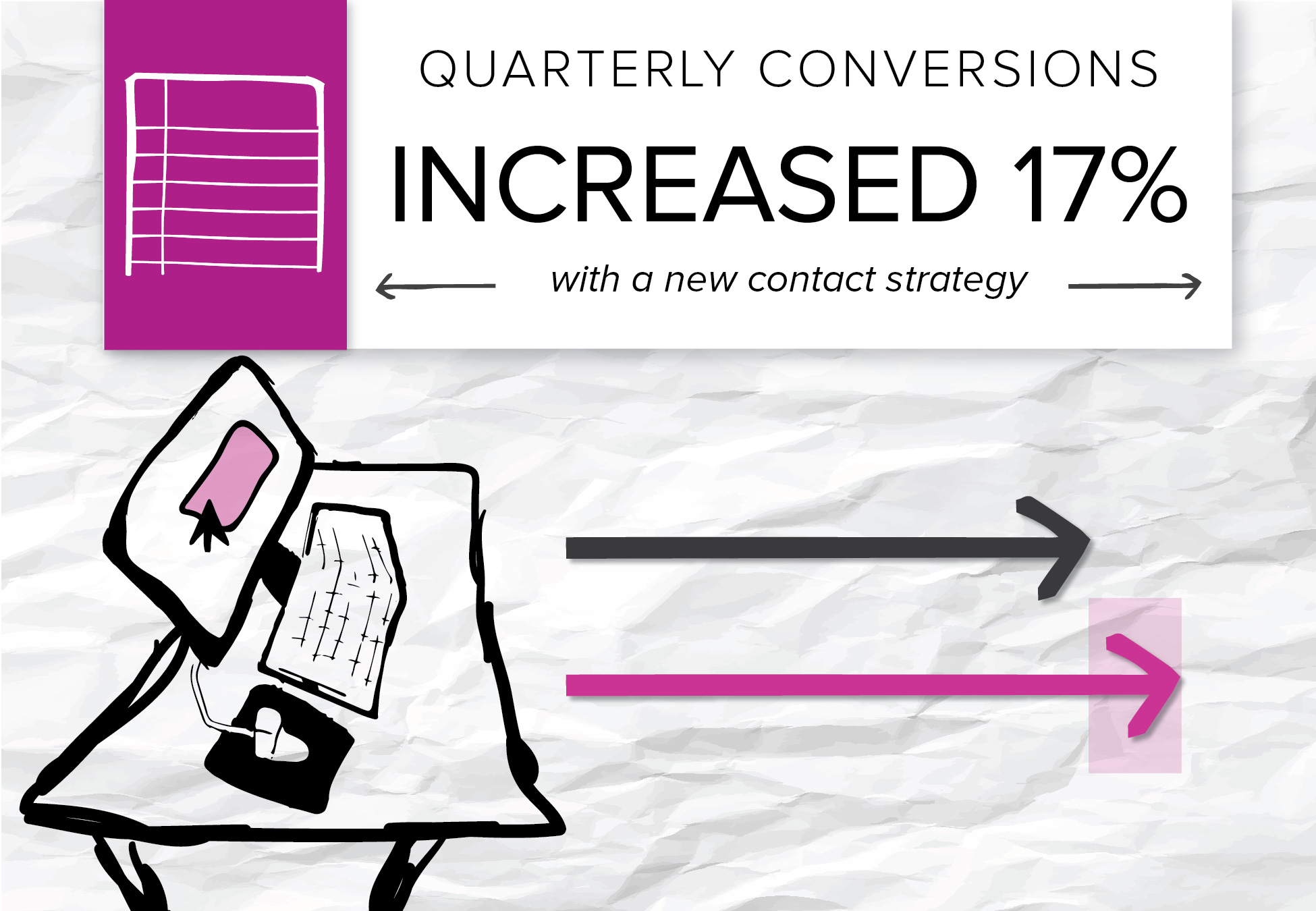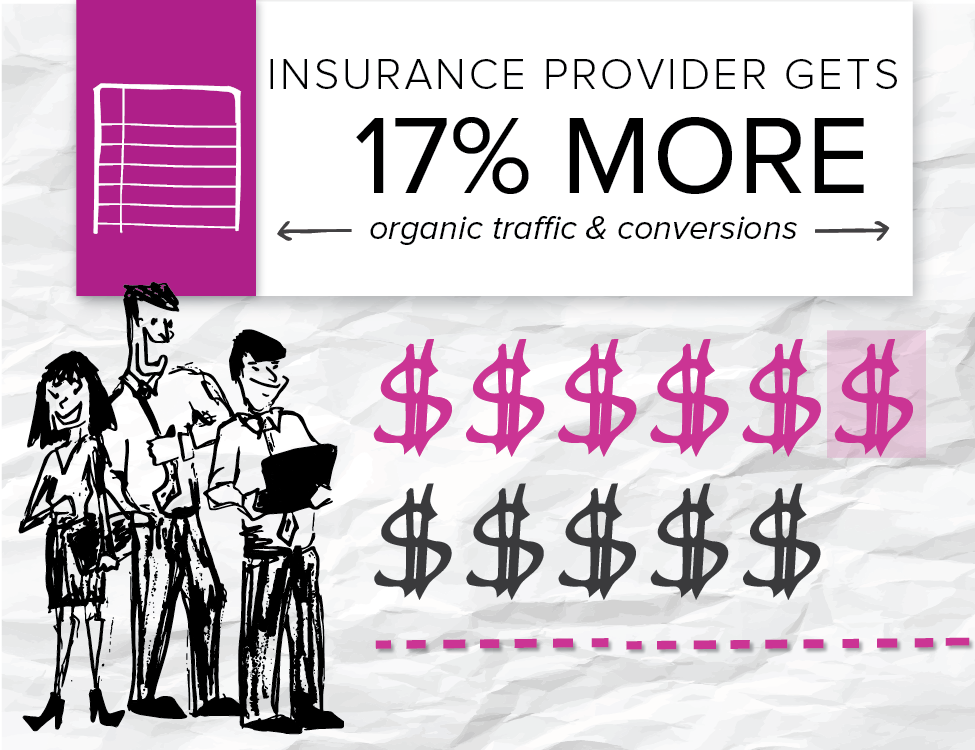Conversion rate refers to the percentage of targeted prospects that respond to a call to action in the desired manner. The figure is calculated by dividing total number of people reached by a specific campaign (ie: email recipients, direct mail recipients, social users who click shared links, web visitors, etc) by the amount of conversions.
Conversions can refer to any number of desired outcomes. On a website, for example, a conversion may reference purchases, form completion, scheduling sales calls, downloading trials, subscribing to email newsletters and more.

Conversion rates are a strong metric for both B2B and B2C companies, however, a “conversion” will have different meanings within the two sectors.
See also: Conversion Marketing
Conversion rates in B2B marketing
Since most B2B companies close sales following a more extensive sales funnel, their calls to action typically refer to requests for information or setting up direct conversations with prospects. Businesses are unlikely to partner with other companies without gathering more information and hearing from their representatives.
Also, the B2B sales cycle is typically longer than the B2C cycle, so conversion rates for B2B marketing often deal with actions other than direct sales. For online marketing, this means marketers might measure downloads, digital form completions, etc.
Here’s a look at B2B conversion success:


Conversion rates in B2C marketing
B2C marketers are more likely to use direct sales to determine their conversion rates. Measuring ecommerce rates as conversion rates is an increasingly relevant metric as consumers increasingly purchase goods online. In fact, Forrester research suggests consumers will spend $327 billion online in 2016.
However, digital conversion rates can also reflect the success of email or other online B2C marketing campaigns in generating leads. The percentage of web visitors who subscribe to branded online content may be deemed the conversion rate for particular campaigns.
Here’s a look at B2C conversion success:


Tools for measuring online conversion rates
It can be difficult to gauge the volume of different conversions depending on what businesses set as a goal, and it can be even more difficult to attribute conversions to particular campaigns – from social outreach to SEO web pages. A free method that companies may find useful is setting up conversion goals and funnels in Google Analytics.
Google explains how to accomplish this in a related Analytics Help page.



